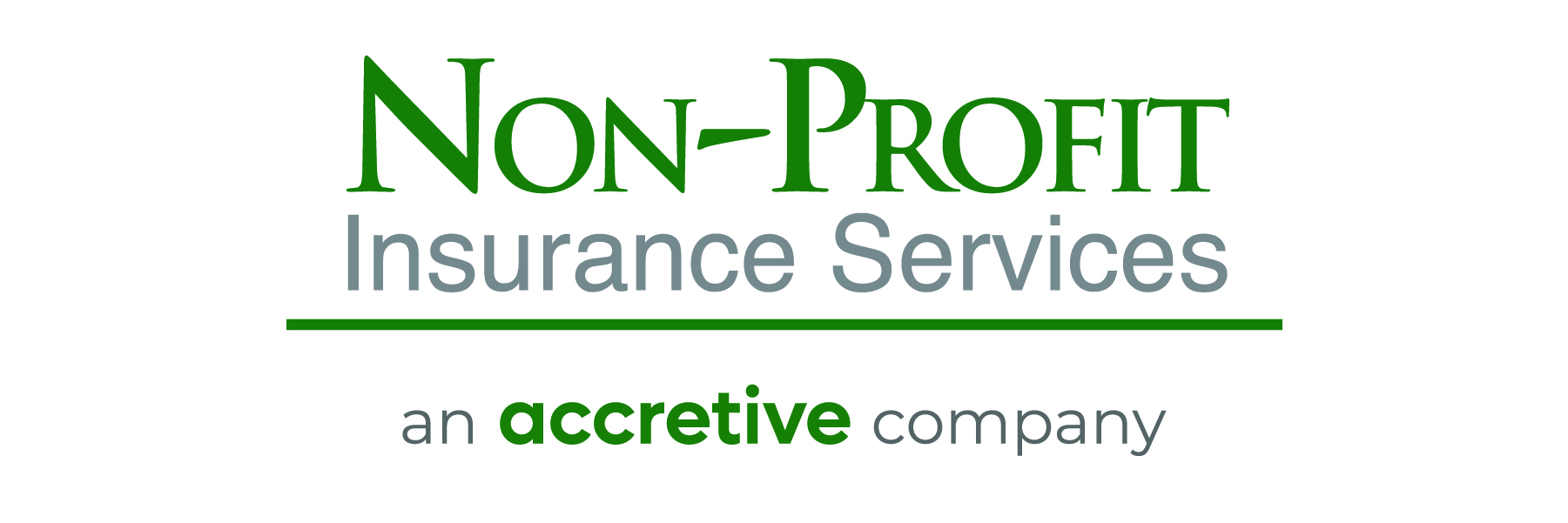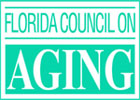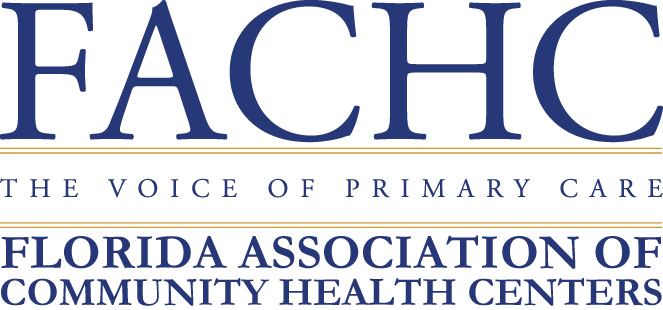The severity of the risks associated with not-for-profit board members shortcomings came fully into focus for Cheryl Olson, CPA, CGMA, while she was having coffee earlier this year with Elizabeth Grant.
Grant is attorney-in-charge of the Charitable Activities Section in the Civil Enforcement Division of the Oregon Department of Justice. The section oversees the 18,000 charities that are registered in Oregon, and in her work there Grant has observed the hazards that ineffective board governance can pose for not-for-profits.
"We believe almost all nonprofit failures stem from a lack of board oversight," Grant told Olson, who recalled the conversation for the JofA. "This is due to board members being inactive or not being trained on their financial stewardship responsibilities. Really, no one is minding the store."
Developing effective not-for-profit board governance is hard work. The painstaking effort needed to maintain a high-quality board may seem to drain some of the resources needed to pursue the not-for-profit's mission. But the reality is that without a strong board, the long-term success of the organization's activities may be endangered. With this in mind, a not-for-profit's mission depends on results in three key governance areas:
- Recruiting board members who are engaged and highly skilled.
- Training those board members on how to provide effective oversight.
- Retaining board members and keeping them engaged throughout their tenure.
"You're not just looking for bodies," said Olson, who is based in Oregon and is director of not-for-profit consulting for Clark Nuber. "You're looking for people that are going to bring something of value to the board. And then there need to be clear expectations on what's required."
'FRIENDRAISERS'
Just about everybody in the not-for-profit sector understands what a fundraiser is. Michael Forster, CPA, CGMA, the COO of the Woodrow Wilson International Center for Scholars, a nonpartisan policy forum in Washington, said it's also a good idea for not-for-profits to schedule events called "friendraisers." These are functions hosted by somebody who is engaged with the organization and invites his or her friends to socialize and give the not-for-profit an opportunity to speak about its mission and strategy.
"That friendraiser, that environment, gives you an opportunity to circulate among the folks, gauge their interest, get them motivated to support you," Forster said. "And then you can actually, in reverse, gauge whether they might either immediately or downstream be a good target to cultivate as a strong and active board member."
In general, recruiting not-for-profit board members is challenging because the position description isn't appealing at first glance. Candidates are often being asked to spend many hours fulfilling their governance duties, and many times they either donate their own money or solicit donations on behalf of the organization. Meanwhile, the time commitment needed to exercise oversight duties is significant. So boards often struggle with this issue; nearly one-fourth (23%) of not-for-profit board chairs participating in the 2017 National Index of Nonprofit Board Practices survey by not-for-profit governance advocate BoardSource said their boards need to strengthen recruitment of board members to improve board performance. More than half (52%) of board chairs said it's difficult or very difficult to find board members.
By highlighting the benefits of board membership, though, not-for-profits can attract good people to the position. Through their service, board members who are passionate about the not-for-profit's mission can contribute significantly to a good cause. Board service can also provide leadership skills, networking opportunities, and prestige. As a result, many of an organization's existing volunteers may be eager to serve as board members.
To find other potential board members, not-for-profits can tap into sources that align with their mission. For example, a not-for-profit that provides medical services to children may turn to the medical community (doctors, nurses, and pharmacy representatives) as well as children's advocates (including parents and teachers). A not-for-profit that works to match low-income people with affordable housing may seek board members in the real estate and finance sectors as well as advocates for the poor. Some state CPA societies also post lists on their websites of organizations that are looking for board members, helping match not-for-profits with the financial expertise that they need.
When recruiting, it's important to keep in mind the expertise needed by the board as a whole. Each individual board member doesn't need expertise in finance, technology, and the particular mission served by the organization; it would be difficult to fill all the board seats with people who possess all of those skills. But all those skills and others need to be represented across the board as a whole. In addition, developing and maintaining diversity on the board can provide a variety of perspectives that lead to better performance. Nearly all (89%) of not-for-profit chief executives participating in BoardSource's 2017 report said diversity on the board is important or very important for understanding external context from a broader perspective, and 84% said board diversity is important or very important for developing new solutions to new problems. But those perspectives and solutions have remained elusive for not-for-profits, as 65% of chief executives said they were dissatisfied with the diversity in race and ethnicity on their boards.
Once the not-for-profit decides on its candidates, it's critical to develop a polished presentation for them that's both informative and enticing. The pitch used to persuade a person to serve on a board is critical.
"The organization has to be very clear in what they are looking for," Olson said. "... The convincing part is really where that meeting of the minds takes place. It's being clear about, 'This is what the role is, and this is what we're looking for,' so you find people who are looking for board service and actually are passionate about the mission and are going to be able to feel engaged with the fact that they're bringing expertise and value."
TRAINING
One-fourth of board chairs in the BoardSource survey gave their board members a grade of "C" or below for their understanding of their roles and responsibilities. The two crucial practices for developing this understanding are onboarding and continuing education. For the purposes of onboarding, Forster advocates scheduling a meeting for new board members with the CEO and other key members of the not-for-profit's executive management. He also advises providing new board members with a binder that describes all the important background that they need to know to serve the organization effectively (see the sidebar "Info for Onboarding" below).
One of the first things that board members need to grasp is the difference between management functions and board functions. The board is responsible for oversight of the organization's strategic plan, the succession plan for the CEO and other top executives, and risk management, including cybersecurity. But management is responsible for creating and executing those plans and providing them to the board for review.
Mark Oster, national managing partner for the Not-for-Profit and Higher Education practices at Grant Thornton LLP, said board responsibilities don't involve active "doing" words, but rather involve words such as "ensuring," "reviewing," and "overseeing."
"I have known nonprofits where a board will go off on a retreat and develop a strategic plan," Oster said at the AICPA Not-for-Profit Industry Conference in June. "I personally think that's a mistake. I think a board should provide input at the front end of the planning process. I think they need to endorse and approve and agree with the plan that comes out, but I believe that the actual crafting of the plan is a management function."
Forster said it's important for a board to clearly specify which actions by the not-for-profit must be approved by the board. Does the board need to approve all C-level hires or just the CEO's hire? Do all real estate transactions need the board's endorsement? What's the threshold for an asset purchase that requires board approval? These issues all should be spelled out in writing, perhaps in the board's charter or other board-approved policies, and they should be clearly communicated to management.
At a basic level, board members need to understand that they have three duties to the organization:
- Duty of care: This requires the board members to exercise prudence in oversight of the not-for-profit, with reasonable and sound judgments. Preparation for and participation in board meetings is an important element of the duty of care.
- Duty of loyalty: Board members are required to be loyal in their dealings with the not-for-profit and to put the organization's needs above their own. A strong conflict-of-interest policy helps board members fulfill the duty of loyalty.
- Duty of obedience: This requirement for faithfulness to the organization and its mission includes a responsibility to ensure compliance with laws and regulations.
In addition, board members have a fiduciary responsibility to the organization. Duties that fulfill this responsibility include reading and understanding the organization's financial statements; understanding and approving the annual budget; and reviewing IRS Form 990, Return of Organization Exempt From Income Tax, ideally, before it is filed. While all board members are not required to be financial experts, they may need training to get them up to speed on the financial knowledge they need to fulfill their fiduciary duties. In addition, many board members may need ongoing education in technological needs, capabilities, opportunities, and threats (see the sidebar "Technology Expertise a Challenge for Boards" below).
The continuing education of board members can be accomplished through yearly retreats, which also can be valuable for developing camaraderie among the board members.
"Part of the value of having a board retreat is not just to build knowledge but to get that team building going so new members can really feel like they're part of the group and not just sitting on the external parts of an already defined team," Olson said.
Whether at a retreat or otherwise, it's important to remind board members of their duties and role.
RETENTION
If you can get high-quality people on your board and train them to be effective, you want to make sure you retain their services for the full length of their tenure.
The key to this, Olson said, is helping them take advantage of their skills in service to the organization. There's a good chance they will serve on a board committee, so that's a start. But by checking in with board members, the not-for-profit leadership can find out whether they would enjoy helping with fund development, finance, or even in a programming capacity if the right opportunity is available.
"The person wants to be engaged. They want to feel like they're providing value," Olson said. "If they don't feel like they are, they're not going to stay. And the same is true for team building. So if that training, that board retreat, is not also used as a team-building opportunity, the person isn't going to feel like a part of the group. They're going to feel like an outsider."
How long should you want to keep board members? About three-fourths of not-for-profits have term limits, according to a 2017 BDO survey (see the chart, "How Long Should They Serve?"), and by far the most common length of a term is three years. But multiple terms are permissible at many organizations, and 77% of the not-for-profits participating in the survey allow board members to serve between five and nine years.
Author: Ken Tysiac
Source: Journal of Accountancy









